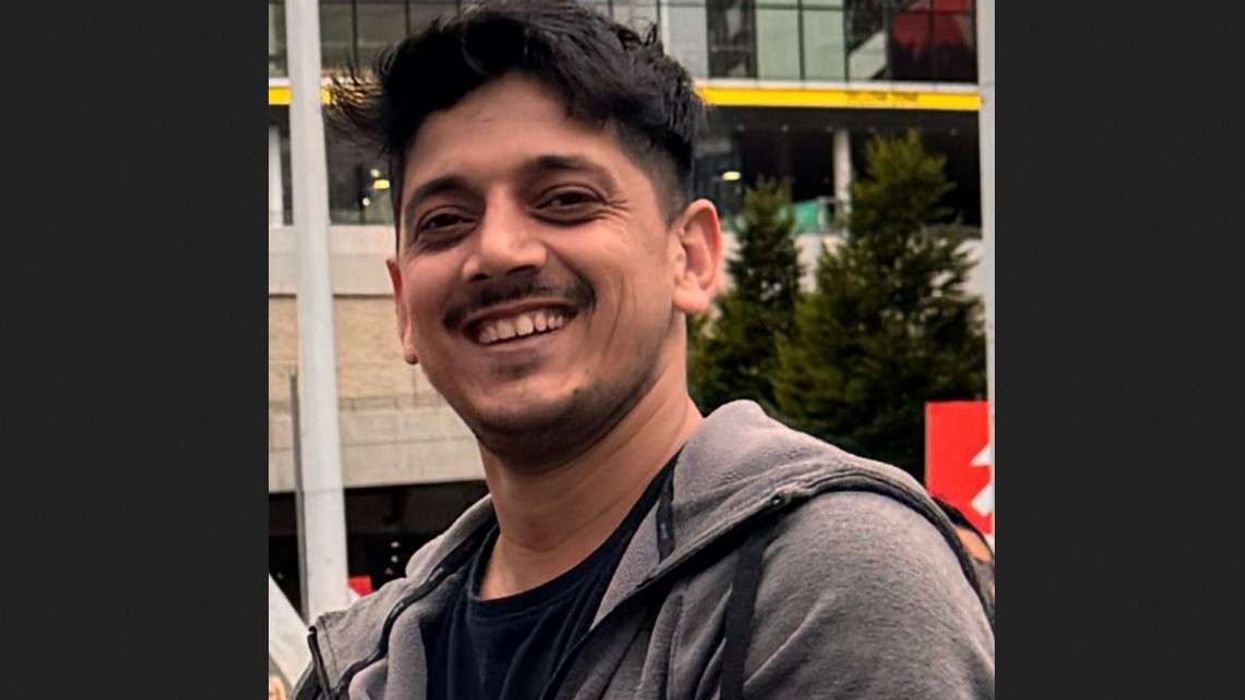Versatile actor Manish Naggdev has played a variety of roles across his career in acclaimed drama serials that include Banoo Main Teri Dulhann, Rehna Hai Teri Palkon Ki Chhaon Mein, Geet – Hui Sabse Parayi, Dil Se Diya Vachan, Madhubala – Ek Ishq Ek Junoon and Begusarai.
He is very much connected to his craft and was happy to speak to Eastern Eye about his interesting journey. The popular TV talent also revealed his dream role, heroes and inspirations.
What first connected you to acting?
I would say dancing, I remember dancing to Shah Rukh Khan’s song Badshah o Badshah in my society’s Ganpati function and winning the first prize. On that day, I tasted fame and admiration of my neighbours, friends, and close people. I became the star of my area and just kept dancing a lot in all the forthcoming Ganpati and college festivals. Sab mujhe badshah badshah karke bulate (everyone started calling me king, after the song), and I used to really love it. Almost everyone around me used to give me so much attention.
Tell us more…
Actually, Chembur, the place I belong to, made me a star and an actor. After getting a little famous, I focused on getting into TV, learned new skills, took a professional acting course, and here I am.
Which role is closest to your heart?
Adarsh Thakur of Begusarai remains close to my heart. I feel that there are some roles and shows that just touch your heart, and this is one of them. It will always be special to me.
Which project challenged you most?
I don’t have expectations! I just work hard and pick up projects that excite me. I think everything falls into place when you work hard. You just have to keep at it and gradually you will overcome all challenges you face.
Do you have any kind of a dream role?
Sultan Alauddin Khilji is the role I am dying to play. It will be a very exciting part, and I am sure that I can portray him well on screen.
What kind of content do you enjoy watching as an audience, and have you binge-watched anything recently?
I love watching web series. My favourite web series is The 100 on Netflix. Recently, I binged watched This Is Us and loved it as well. The way relationships are shown in the show is remarkable.
Tell us something not many people know about you?
I am the audience’s next Irrfan Khan. I am so inspired by him and try to emulate him in every possible way that I can.
If you could master something new what would it be?
I would love to master (martial art) kalaripayattu but for that I need to start first. I have always loved the art form and hope to learn it well.
Who is your acting hero?
Leonardo DiCaprio, Irrfan khan, Amitabh Bachchan sir and Ajay Devgan have been the ones I look up to. Watching their films is like an acting workshop for me.
What inspires you?
Great films with good messages inspire me a lot. They inspire me to become a better actor and that means so much to me at this stage of my acting career.
Instagram: @manishnaggdev
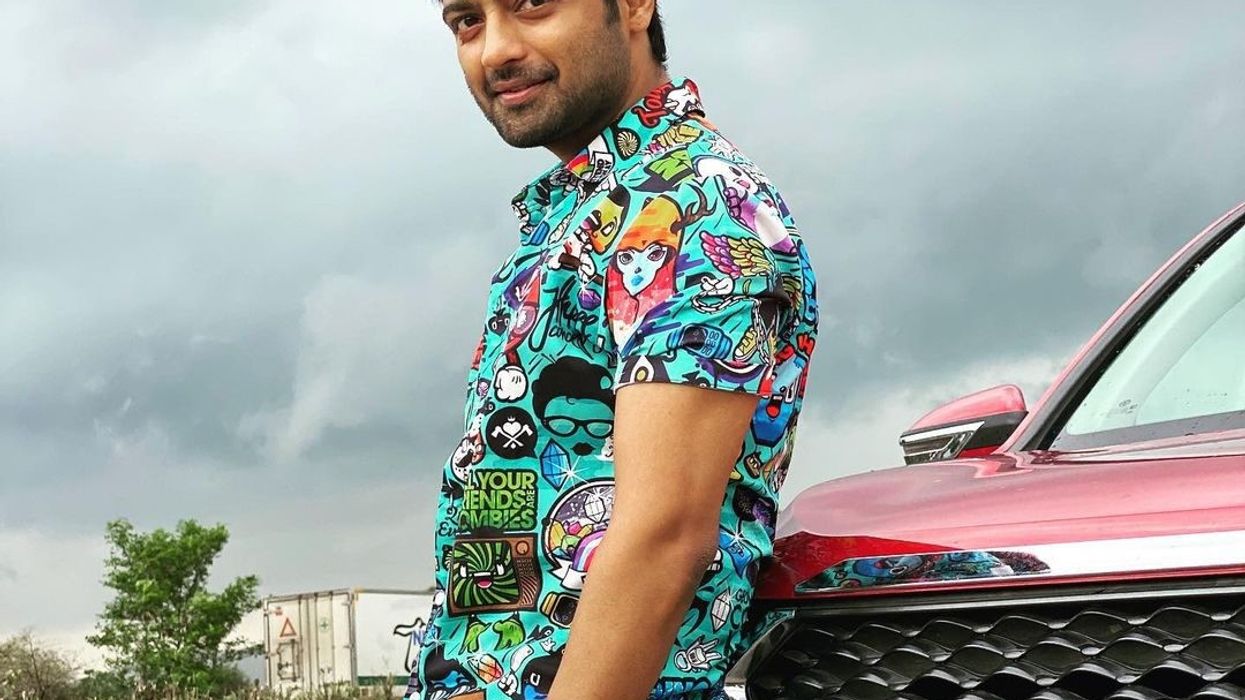




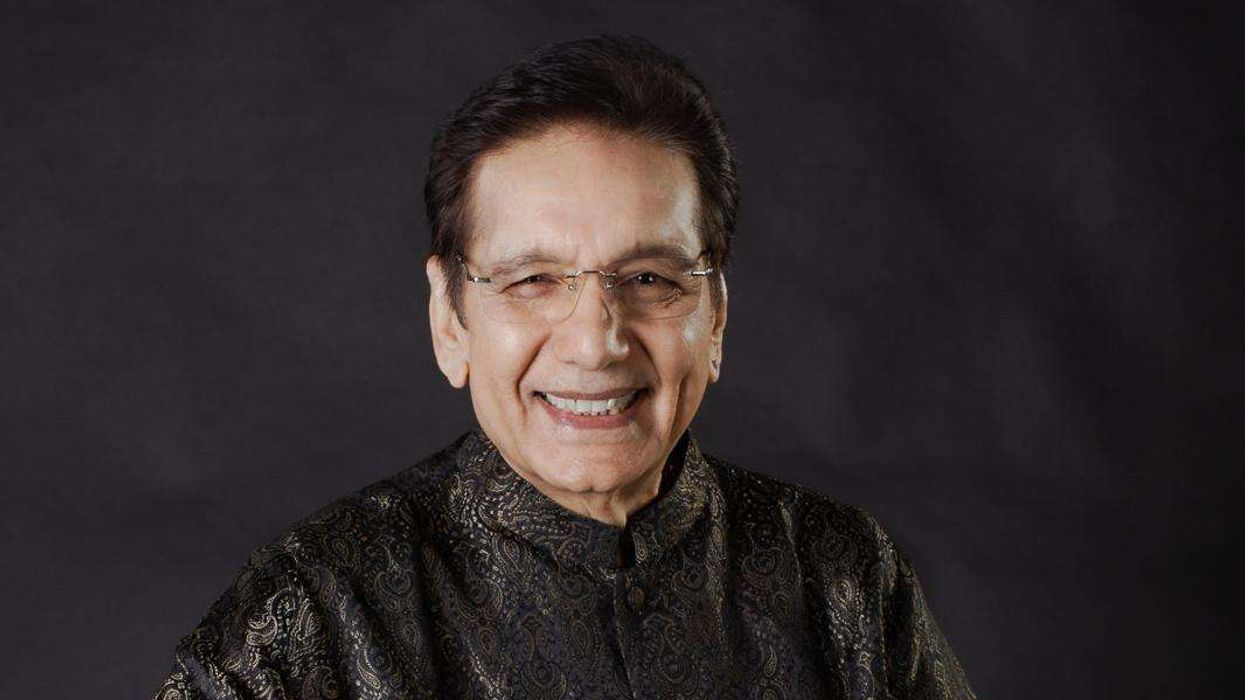
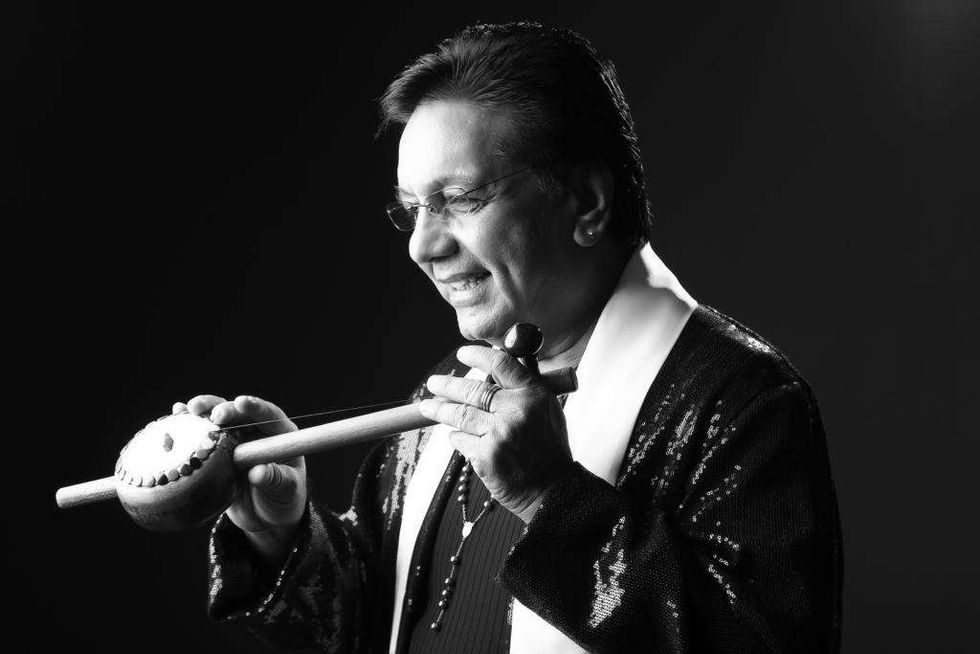 Channi Singh OBE — founder and frontman of the pioneering bhangra band AlaapChanni Singh
Channi Singh OBE — founder and frontman of the pioneering bhangra band AlaapChanni Singh Chham Chham Nachdi Phiran (with Asha Bhosle)Channi Singh
Chham Chham Nachdi Phiran (with Asha Bhosle)Channi Singh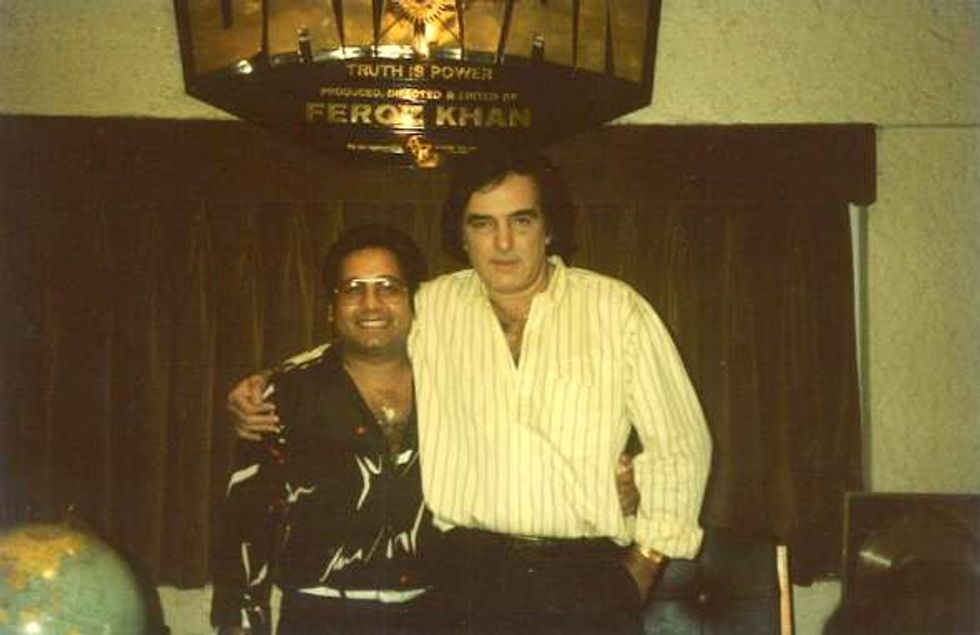 Channi Singh with Feroz KhanChanni Singh
Channi Singh with Feroz KhanChanni Singh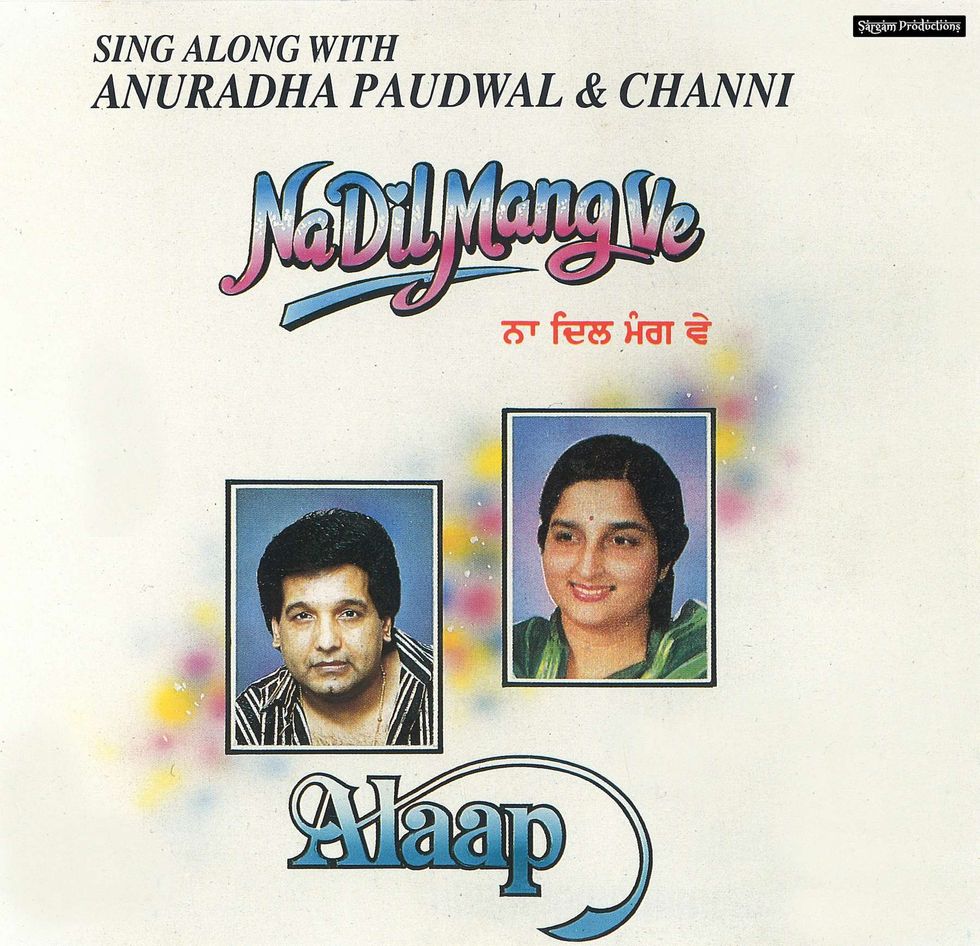 Na Dil Mang Ve (with Anuradha Paudwal)Channi Singh
Na Dil Mang Ve (with Anuradha Paudwal)Channi Singh





